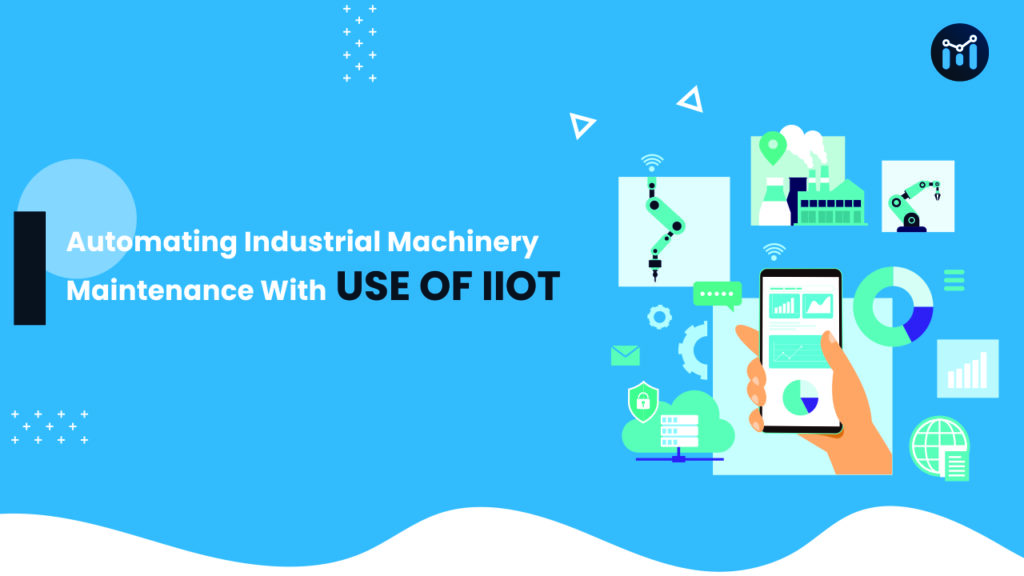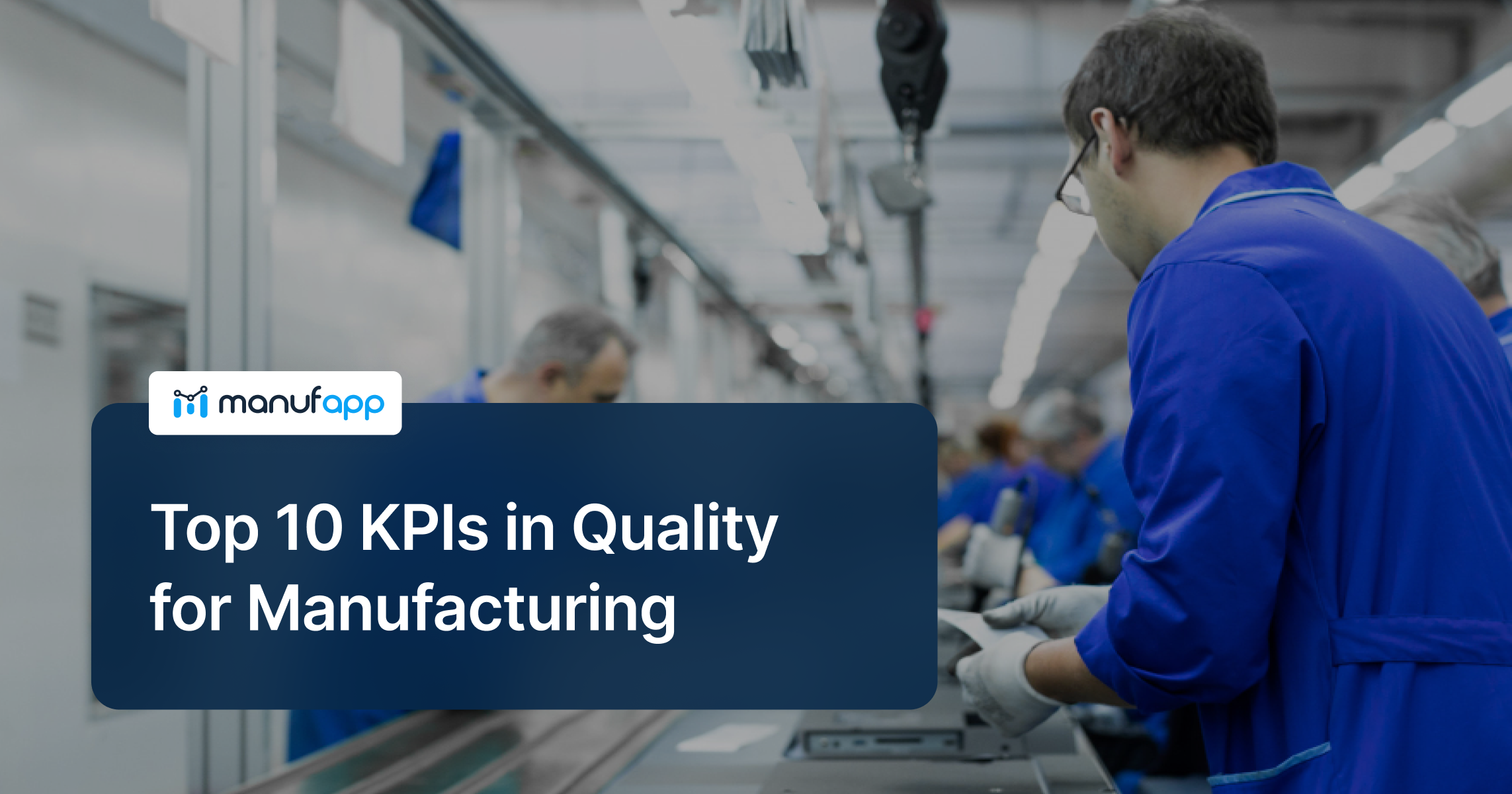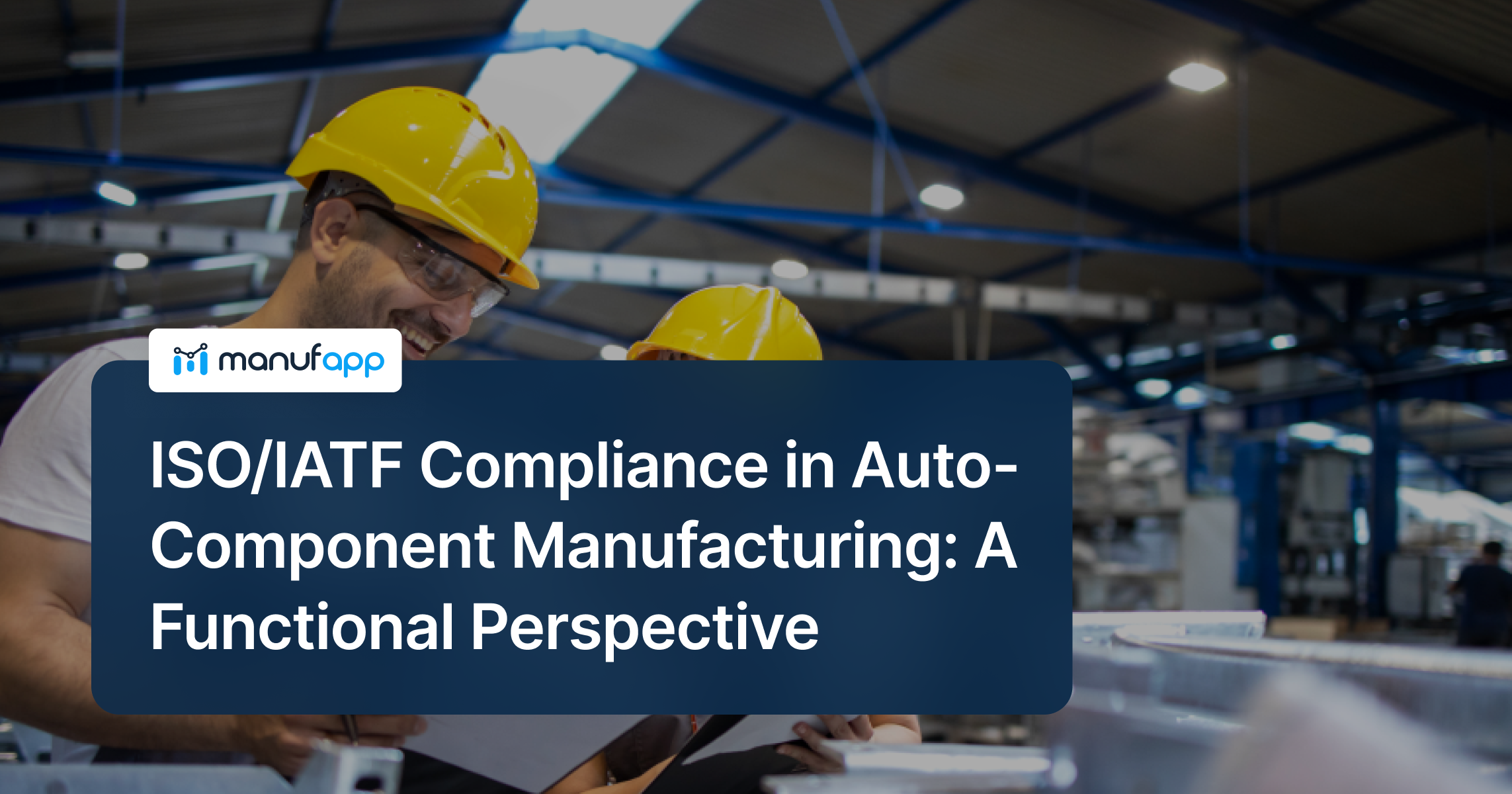Time-based equipment maintenance has been a general practice in the manufacturing industry. The machinery age was the primary factor to determine the need for equipment maintenance. However, worldwide, only 18% of machinery was found to fail due to its age and the rest because of other reasons. It clearly indicates that manufacturers must shift their focus to other causes instead of the machine age. Industrial IoT (Industrial Internet of Things) optimizes the maintenance routine using a predictive approach, resulting in reduced cost, time, and effort.
A large segment of the manufacturing industry has already adopted IIoT worldwide, with 40.2% of IoT devices currently in use.
Moreover, 58% of manufacturers believe that IIoT application is the necessity to digitally transform industrial operations.
The impact of the IoT in the industrial sector is turning out to be deeper with time. One of the primary reasons is the way it helped maintenance practices evolve over the years and become more effective by automating the entire maintenance system.
Let us see, how IoT automating industrial machinery maintenance and how maintenance practices are evolving with the use of Industrial IoT:
How Industrial IoT is Automating Industrial Machinery Maintenance
Industrial IoT technology automates factory floors and simplifies data collection through smart meters and other devices, necessary for running factory equipment.
Industrial IoT is enabled primarily by two systems – sensors and actuators, which are further connected with other devices to collect and analyse data.
The tasks of these two systems are to measure physical variables with the help of sound, magnetic, thermal, or physical detectors as well as using other means to detect anomalies in operation.
The Industrial IoT technology creates seamless communication and interaction between the devices installed in industries. It ensures real-time data collection and generation of accurate analytics reports.
The data captured from the sensors are integrated with the maintenance module of a MES (manufacturing execution system). MES acts as an intelligent repository system to keep all records at one place and perform analysis for number of downtime, reasons for downtime, inventory of spares, ordering of spares, etc.
This way technical heads are able to take data-driven decisions instead of working upon their gut-feeling.
In recent years, the impact of IoT on industrial automation has been intense. This is because of the capability of the Industrial IoT that enables industries to leverage electronic devices to their fullest capabilities.
Surely, IIoT has made industrial automation better and created smart factories.
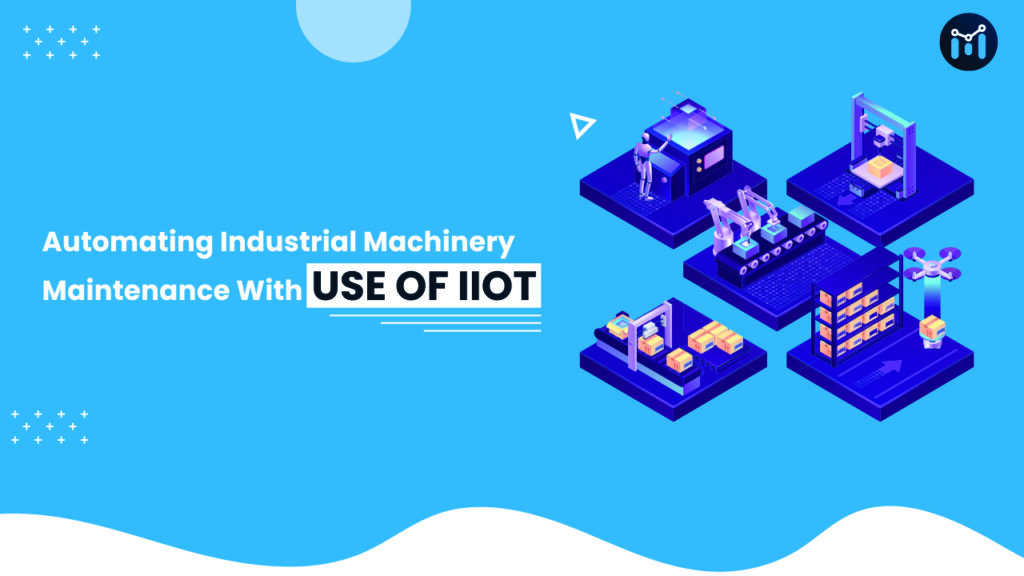
Evolution of Industrial IoT in Asset Maintenance
The maintenance practices in plants have drastically evolved from preventive maintenance to predictive and then to prognostic maintenance.
Here is the journey of the evolution of maintenance practices in factories and plants:
1- Preventive Maintenance – Schedule-Based Approach
It is a traditional approach practiced in majorities of manufacturing companies. The maintenance is prescheduled at definite intervals based on different factors, such as the performance of the machine or the manufacturer’s advice. It results in two major drawbacks:
- Maintenance is done as per the specified timetable, even if the machines are working fine. It means frequent downtime.
- In the process, those parts are also replaced that could have worked well for the next several years. It leads to unnecessary costs.
Now, some of the companies have adopted more advanced tracking equipment for preventive maintenance. Their functionality is based on enterprise asset management systems or computerized maintenance management systems.
The equipment gathers information about the performance and operations of the machines that boost the speed of the preventive maintenance program.
However, compiling the information, creating a report, and analysing the data is manual and hence is quite a time-consuming and cumbersome task.
2- Predictive maintenance – Industrial IoT-Based Approach
Predictive maintenance is the next stage of maintenance evolution that works on the IIoT system. In this approach, Industrial IoT powered sensors are used to monitor the condition of equipment and collect the data.
Thus, such Industrial IoT powered sensors or a camera-based solution such as Intelligent Monitoring System (IMS), can capture noise, vibration, temperature, power consumed, images (pictorial or thermal) or relevant data. These systems help in collecting real time and accurate machine data. AI and ML driven algorithms can then churn out meaningful insights, which then can be displayed on dashboards.
For instance, the system may discover that the data collected for a particular piece of equipment shows a sudden increase in vibration or acoustic noise, power consumed, surface cracks or rise in machine temperature.
Upon analysing such data, the decision makers get lead indications on an asset’s health.
So other than predicting future failure, the system dashboards can give best practices for running machines under specific conditions.
Hence, Predictive Maintenance Systems have many benefits:
- Prediction for the equipment failure can be done long before it actually occurs.
- After detecting the change in the trend, the predictive system will alert a technician to inspect the equipment and take the necessary steps to repair or adjust.
- Companies will be able to run equipment for a longer period before replacement or repair.
- They can perform maintenance before the equipment fails.
- They can boost their production level.
- It will prevent unplanned downtime and reduce it to 35% or more.
- It will minimize maintenance costs by 25% to 30% compared to a preventive maintenance program.
Hence, shifting from preventive to predictive maintenance can deliver significant improvements.
Predictive maintenance is effective because it collects and processes a large chunk of data through sensors and apps that are backed up by Industrial IoT. They have space to store terabytes of data and run sophisticated machine learning algorithms.
The algorithms run on several computers at a time to forecast when industrial equipment may fail or require repair.
3- Prognostic Maintenance – Beyond Prediction
Prognostic maintenance is the latest and the most advanced approach used these days in many companies.
Moving a step ahead of predictive maintenance, the prognostic approach suggests or implements a solution apart from detecting a fault in the equipment or process parameters.
Just like the predictive maintenance approach, prognostic also uses an Industrial IoT-based operating system to monitor the equipment or process. The difference is that prognostic reads the health of the equipment as well as provides solutions to fix the issues.
For instance, if any machinery shows an increase in temperature, the predictive system will detect the issue, track the temperature trend, and predict the occurrence of the machine failure.
But the prognostic system will also provide suggestions like slowing down the machine speed to make the impact of faultless intensive, using AI (Artificial Intelligence) capabilities.
Prognostic maintenance is of two types:
- Data-driven prognostics: It measures the potential cause of the change in machine performance by analyzing a huge amount of data collected by the sensors. It runs a machine-learning algorithm to collect the data on the condition and performance of the system. Then, it examines the data to detect the possibility of failure in the future.
- Model-based prognostics: It is primarily based on physical failure models, which are coupled with sensor readings to perform failure prognosis. Most commonly, this type of prognoses uses technologies like stress-strain models, utilized in structure designing.
Recently, model-based prognostics is practiced along with data collection and processing by the massive deployment of sensors. It has made the technology even more effective for prognostics.
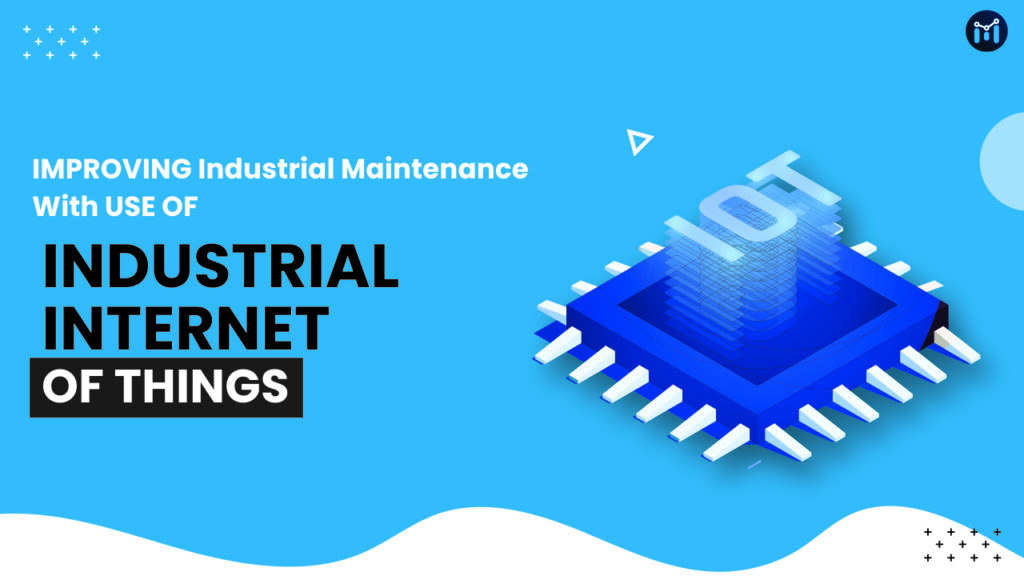
Tasks of Prognostic Maintenance Software:
- Orders the needed parts.
- Schedules the service.
- Create a log when the service is complete.
- Accounts for labour, parts costs, and downtime impacts.
- Adjusts or fixes parts in some cases.
Benefits of Prognostic Maintenance:
- Detects the initial stages of asset failure, preventing downtime.
- Produce asset reliability to closer to 100%.
- Improves root-cause analysis.
- Reduces complex-fault resolution times over 20%.
The prognostic maintenance system can also interact with the process automation system to take the necessary actions required to reduce equipment failure.
How to Enable IIoT in Manufacturing Industries
Industrial IoT enabled maintenance systems, such as Predictive and Prognostic are provided by a number of vendors.
Since the requirement of maintenance varies with industries, the vendors customize them as needed. A number of sensors are installed at required locations across the manufacturing unit. They are further integrated with MES and IMS. It ensures the collection of desired data and analytics for the factory’s specific set of equipment and processes.
We would like to put a light on How Can COPQ (Cost of Poor Quality) Be Reduced In Manufacturing Companies By Digital Intervention? which will give more quality information and Make Manufacturing More Intelligent and Smart with IoT will highlight more IoT solutions.
Summary
Many reports found that Industrial IoT-based predictive maintenance significantly extends the life of machines. Besides, it eliminates a fixed time-based maintenance routine and minimizes equipment downtime to half of the usual times.
However, in order to implement a mature and reliable IIoT maintenance solution, a well-designed architecture with an advanced-level machine learning algorithm is highly crucial.

